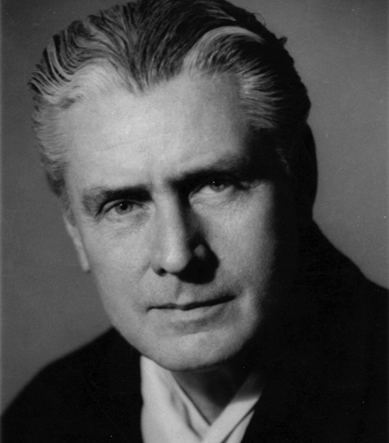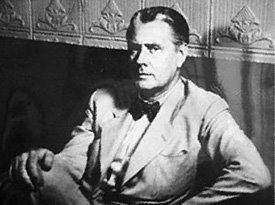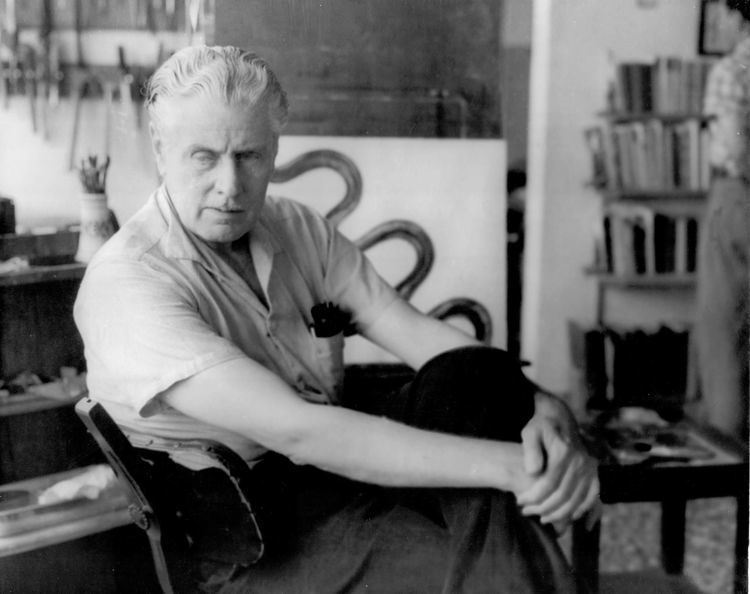Nationality Salvadoran Role Writer | Name Luis Arrué Spouse Zelie Larde (m. 1922) | |
 | ||
Born Salvador Efrain Salazar ArrueOctober 22, 1899Sonsonate, El Salvador ( 1899-10-22 ) Occupation Author, Editor, Painter, Diplomat Died November 27, 1975, El Salvador Movies Menchedita\'s First Communion | ||
Salarrué
Luis Salvador Efraín Salazar Arrué (October 22, 1899 – November 27, 1975), known as Salarrué (a derivation of his surnames), was a Salvadoran writer, poet and painter
Contents

Born in Sonsonate to a well-off family, Salarrué trained as a painter at the Corcoran School of Art, in Washington, D.C., from 1916 to 1919. He then returned to El Salvador and, in 1922, married fellow painter Zélie Lardé, with whom he had three daughters. In the late 1920s he worked as editor for the newspaper Patria, owned by Alberto Masferrer, an important Salvadoran intellectual. To fill in blank spaces in the newspaper, Salarrué wrote a series of short stories which were collected thirty years later as Cuentos de Cipotes ("Children's Stories"). These and the stories in Cuentos de Barro ("Tales of Clay") became Salarrué's most popular and enduring work, reflecting an idealized version of rural life in El Salvador and making him one of the founders of the new wave of Latin American folkloric narrative (narrativa costumbrista).

However, few readers understand that the stories in Cuentos de Barro were an ingenious literary feat of Salarrué. By disguising through a subtle use of a non-standard, highly inventive language and style, he was able to recall to readers a bloody masacre carried out by the Salvadoran dictator-president, General Maximiliano Hernandez Martinez in 1933, without the authorities being able to interpret Salarrué's defamation of that leader.

Salarrué lived in the United States from 1947 to 1951 while representing his country in diplomatic posts. He died in Los Planes de Renderos, near San Salvador, and is buried in the Cementerio de los Ilustres ("Cemetery of Distinguished Citizens").
Salarrué, Memoria del Mundo
Childhood and youth
In the 19th century Alejandro Arrué Jimenez (an educator from Basque Country who had worked in various Latin American countries) married Lucía Gomez, native of Sensuntepeque, El Salvador, in Guatemala. The marriage engendered many children, Luz and María Teresa among them. They each had literary vocations, but it was Luz, after Miranda, when the family resided in El Salvador, who attained inclusion by the journalist Román Mayorga Rivas in the anthology of poetry "Guirnalda Salvadoreña."
Meanwhile, María Teresa married Joaquín Salazar Angulo, a budding musician from an honorable family. However, for various reasons, the relationship did not prosper which obligated the young mother to provide for her children, Joaquín and Luis Salvador Efraín, alone. The latter was born on a family estate situated in the El Mojón district that would become, in part, the urban zone for the municipality of Sonzacate, in Sonsonate. In the following years, the Salazar family lived in financial hardship even though they received help from close family members since their respected ancestry favored them.
The childhood of Luis Salvador transpired surrounded by the natural tropical splendor of Sonsonate. Although timid and distant with regards to rough and tumble games, he was set apart for his ability to invent stories. When he was eight his mothers financial difficulty forced her to move; for this reason young Luis alternated between his home in San Salvador and Santa Tecla where he lived in the same residence as his cousins Núñez Arrué, of whom one was Toño Salazar, a later renowned cartoonist. For their sustenance Luis's mother worked as a seamstress and acquired her own dress-making academy. Toño gave a description of his cousin in those years:
"Luis Salvador attended elementary in the pedigreed institute Liceo Salvadoreña. He attended high school in the Instituto Nacional de Varones and later in the Academia de Comercio, where he did not finish his studies, yet he always had good grades."
His artistic vocation was already manifest at the age of 11 when one of his compositions was published in the Diario del Salvador (Newspaper of El Salvador) by Román Mayorga Rivas. The achievement was not luck given that he must have associated with local intellectuals that frequented the house of the family Núñez Arrué .
